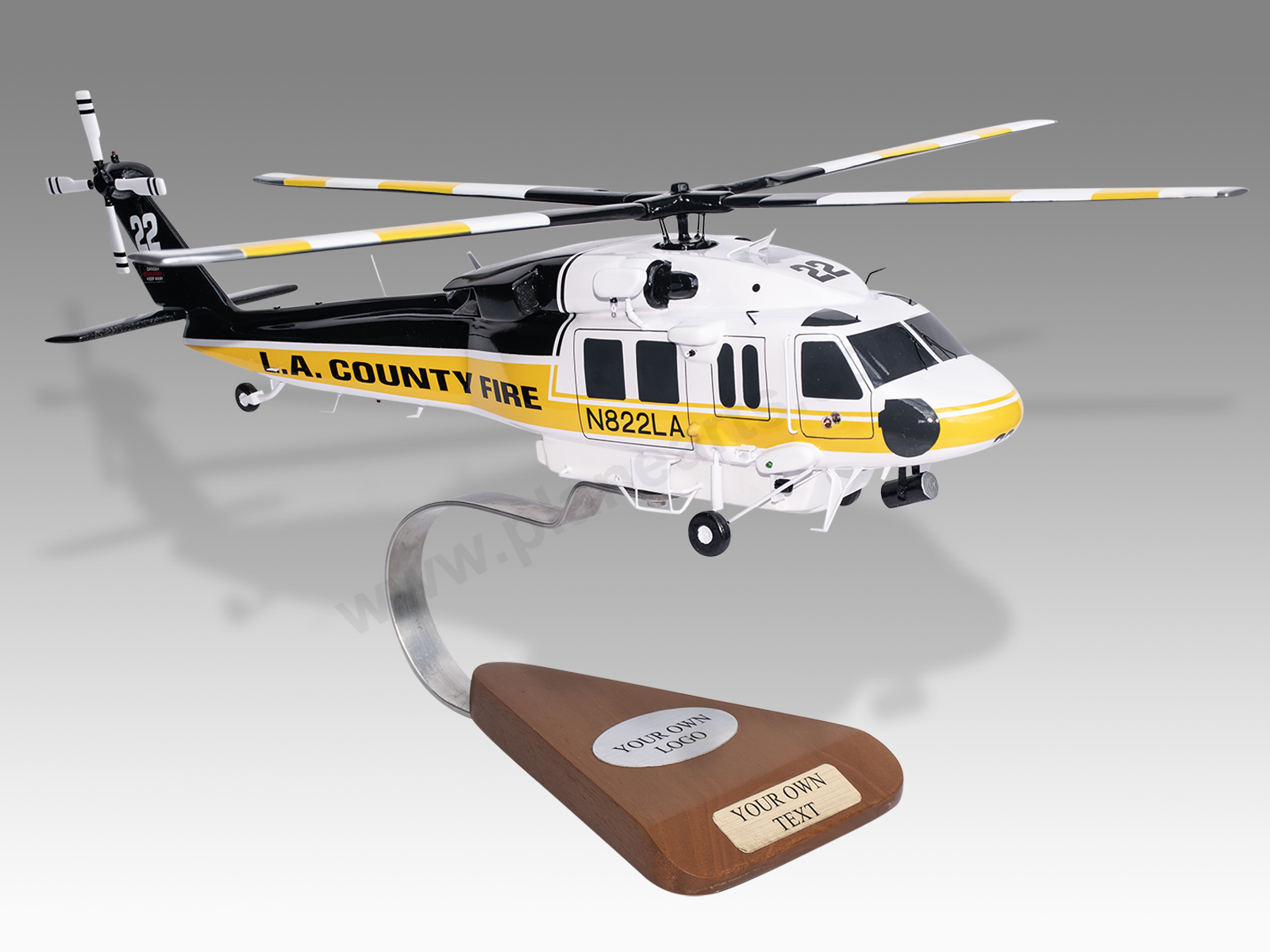Why the Sikorsky S 70 is the Preferred Choice for Modern Helicopter Missions
Modernized Vertical Lift Platform With Advanced Composite Frameworks and Boosted Precaution
In the world of upright lift systems, a substantial shift in the direction of innovation has actually been observed, driven by the integration of sophisticated composite frameworks and increased safety and security steps. In discovering the merging of modern technology and safety and security in contemporary lift platforms, a compelling narrative emerges, showcasing the possibility for transformative advancements that cater to the ever-evolving demands of commercial markets.
Development of Upright Lift Systems

The advancement of upright lift systems can be mapped back to basic pulley systems and early lift layouts. Gradually, advancements such as hydraulic systems, electrical motors, and advanced control systems have vastly enhanced the effectiveness and safety of these systems. Manufacturers have actually also focused on boosting the stability, reach, and load-bearing capabilities of vertical lift systems to satisfy the diverse demands of different sectors.
Additionally, the assimilation of clever modern technologies like sensors, IoT connectivity, and automation attributes has actually further transformed the capabilities of modern vertical lift platforms. These technological improvements not only boost functional efficiency but likewise make certain heightened safety and security standards for employees using these systems at numerous elevations. The continuous evolution of upright lift systems emphasizes their indispensable role in enhancing upright wheelchair across markets.
Assimilation of Advanced Composite Structures

In addition, the usage of advanced composite products permits for more facility and enhanced architectural layouts, making it possible for engineers to tailor the platform's homes to meet specific efficiency requirements. In general, the unification of advanced composite frameworks in modern-day upright lift platforms stands for a substantial innovation in aerospace technology, leading to a lot more reliable, trustworthy, and much safer aerial transportation systems.
Improved Safety Actions Application
Executing boosted precaution is imperative in guaranteeing the optimum efficiency and dependability of modern-day vertical lift systems. These measures encompass an array of approaches targeted at mitigating risks and boosting general safety requirements. One crucial aspect of enhanced precaution is the integration of advanced sensor technologies to check numerous parameters in real-time. By using sensing units for features such important site as architectural wellness tracking, load monitoring, and environmental sensing, possible threats can be determined early, permitting positive maintenance and rehabilitative actions.

Sector Applications and Advantages
With developments in technology and engineering, modernized upright lift systems have actually located diverse applications across different markets, supplying significant advantages in effectiveness and performance. In the production sector, these systems enhance the procedure of transporting heavy materials and equipment within centers, minimizing hand-operated handling and enhancing operational effectiveness. The site link building and construction market gain from vertical lift systems by making it possible for employees to gain access to raised areas securely and efficiently, improving total job timelines. Warehousing and logistics business use these systems to enhance storage room usage and assist in quicker picking and packing processes.
Furthermore, vertical lift systems play a critical role in the upkeep and repair work of infrastructure such as bridges, power lines, and structures, allowing specialists to reach inaccessible areas with ease (sikorsky s 70). The aviation sector additionally leverages these platforms for aircraft maintenance and assembly jobs, boosting process efficiency and guaranteeing employee safety and security at heights. On the whole, the extensive adoption of modernized upright lift systems throughout sectors emphasizes their flexibility and the significant improvements they offer various procedures
Future Trends in Lift Platform Modern Technology
Including advanced automation and smart functions, lift discover here platform modern technology is poised to reinvent vertical transportation systems in the near future. One key fad is the combination of Internet of Points (IoT) innovation, enabling lift systems to interact real-time information for anticipating maintenance, optimizing efficiency, and boosting safety and security. As lift system technology proceeds to develop, these fads are set to shape the future of vertical transportation, making it more effective, secure, and straightforward.
Final Thought
To conclude, the up-to-date vertical lift platform showcases the development of modern technology in the industry. By integrating sophisticated composite structures and boosted precaution, this system offers boosted performance and security for various applications. The market can benefit considerably from these advancements, and future fads in lift system technology are most likely to proceed surpassing these advancements for also better success and effectiveness.
In the realm of vertical lift platforms, a substantial shift in the direction of innovation has actually been observed, driven by the integration of innovative composite frameworks and increased safety and security procedures. The continuous evolution of upright lift platforms underscores their essential function in boosting vertical flexibility across sectors.

The consolidation of advanced composite frameworks in contemporary vertical lift platforms has actually substantially enhanced their structural honesty and efficiency capacities. By integrating these innovative composites right into the design and building of upright lift systems, makers can lower overall weight, boost load-carrying capacity, and enhance the system's longevity and durability.
Applying improved security actions is necessary in guaranteeing the ideal performance and dependability of modern-day vertical lift platforms.